Copyright Ken Greenberg, 2019
All rights reserved. No part of this publication may be reproduced, stored in a retrieval system, or transmitted in any form or by any means, electronic, mechanical, photocopying, recording, or otherwise (except for brief passages for purpose of review) without the prior permission of Dundurn Press. Permission to photocopy should be requested from Access Copyright.
Cover image: Sophie Paas-Lang
Printer: Marquis
Library and Archives Canada Cataloguing in Publication
Title: Toronto reborn : design successes and challenges / Ken Greenberg ; foreword by David Crombie ; afterword by Zahra Ebrahim.
Names: Greenberg, Ken, author. | Crombie, David, 1936- writer of foreword. | Ebrahim, Zahra, writer of afterword.
Description: Includes bibliographical references and index.
Identifiers: Canadiana (print) 20190053240 | Canadiana (ebook) 20190053291 | ISBN 9781459743076 (softcover) | ISBN 9781459743083 (PDF) | ISBN 9781459743090 (EPUB)
Subjects: LCSH: City planningOntarioTorontoHistory. | LCSH: Toronto (Ont.)Buildings, structures, etc. | LCSH: Land useOntarioToronto. | LCSH: Urban renewalOntarioToronto History. | LCSH: Cities and townsGrowth.
Classification: LCC HT169.C22 T584 2019 | DDC 307.1/1609713541dc23
1 2 3 4 5 23 22 21 20 19
We acknowledge the support of the Canada Council for the Arts, which last year invested $153 million to bring the arts to Canadians throughout the country, and the Ontario Arts Council for our publishing program. We also acknowledge the financial support of the Government of Ontario, through the Ontario Book Publishing Tax Credit and Ontario Creates, and the Government of Canada.
Nous remercions le Conseil des arts du Canada de son soutien. Lan dernier, le Conseil a investi 153 millions de dollars pour mettre de lart dans la vie des Canadiennes et des Canadiens de tout le pays.
Care has been taken to trace the ownership of copyright material used in this book. The author and the publisher welcome any information enabling them to rectify any references or credits in subsequent editions.
The publisher is not responsible for websites or their content unless they are owned by the publisher.
Printed and bound in Canada.
VISIT US AT
 dundurn.com
dundurn.com
 @dundurnpress
@dundurnpress
 dundurnpress
dundurnpress
 dundurnpress
dundurnpress
Dundurn
3 Church Street, Suite 500
Toronto, Ontario, Canada
M5E 1M2
For my grandchildren, Martin, Isaac, Hana, and Sara, and for all the children who will inherit this extraordinary city
The best plans are those that liberate other peoples plans.
Jane Jacobs
As we navigate the complex heterogeneous city, we experience the indissoluble layering of different times and places and the simultaneous juxtaposition of elements from disparate worlds. Linear chronology and spatial separation are fractured. There is no clear before and after or here and there. The fusion and contrast of different elements underlines the uniqueness of each moment, overcoming preconceived dichotomies and incompatibilities. The combination of coincidences bears witness to ever-evolving life.
Adapted from Meret Meyer, Total Art and the Notion of Modernism in the Work of Chagall
Contents
MAPS
DOWNTOWN
1. St. Lawrence Historic District
2. Wellington Place
3. Regent Park
4. Queens Quay
5. Bentway
6. Leslie Street Spit
7. Lower Don River
8. John H. Daniels Faculty of Architecture, Landscape, and Design, University of Toronto
9. Ryerson University
10. Quayside
11. Corktown Common
12. Trillium Park
13. Berczy Park
14. Sugar Beach
15. Sherbourne Common
16. George Brown College
17. Ontario Place/Exhibition Place
18. Allan Gardens
19. Nicholson Lane
20. Stackt
21. King Street Pilot
SUBURBAN CONTEXT
a. Mississauga City Centre
b. York University
c. Thorncliffe Park
d. North York City Centre
e. St. Clair and Old Weston Road
f. Main and Danforth
g. Eglinton Avenue plazaPOPS
h. Meadoway
Foreword
There can be little doubt that Toronto is going through an extraordinary, perhaps even revolutionary, time and experiencing profound change. The city is in the midst of a long period of massive growth. The population of Toronto is increasing at a rapid pace, and with the astonishing development of a huge number of condominiums and other forms of housing, the city is becoming denser and more crowded. While these changes have helped to make the city richer, economically and culturally, they have also put stresses on Torontos infrastructure, physical and social.
Along with the growth and changes in the citys population, there has been a dramatic shift in the working world in Toronto. The old industrial backbone of the citys economy is largely gone. Technological innovation has ushered in a mesmerizing digital universe and a new age of artificial intelligence and the jobs that go with them. A greatly expanded service economy is also part of this mix. The changing nature of work, accompanied by growing economic inequality, is placing new demands on the citys shared assets and commitment to fairness and opportunity.
Globalization of markets continues, while the great challenge of climate change re-enforces the rise of a greener economy. In line with this, Toronto has, over the past half century, had a sea change in its attitude toward nature and its natural heritage. While still committed to a path of progress rooted in the exploitation of nature for its raw material wealth, Torontonians have begun to embrace the notion that humans are part of nature and not separate from it. And that it follows that economic and ecological issues and policies are not mutually exclusive but are connected and interdependent.
Our understanding of community and its potential has undergone a similar renaissance. We live today in a global movement of peoples from continent to continent, from country to country and countryside to city. Nowhere has this phenomenon had greater impact than in Toronto. Waves of migration, especially since the Second World War, have recast the demographic basis of the city, requiring Torontonians to broaden their comprehension of human diversity and search for new ways to widen the circles of social inclusion.
These historic challenges to the citys economy, ecology, and sense of community, and its responses to them, are reshaping the idea of Toronto and its place in the world. While change is never easy, for Toronto it has arguably been its lifeblood, the secret sauce if you will, forging our own unique strengths and character.



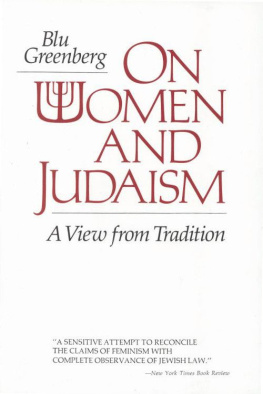
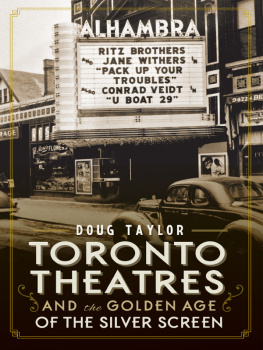
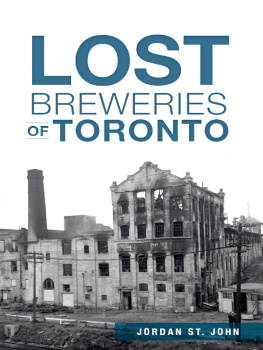
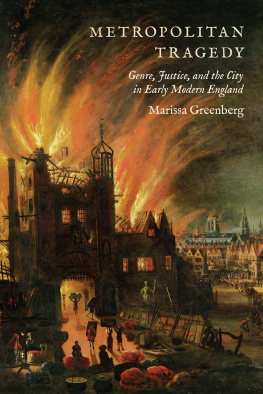

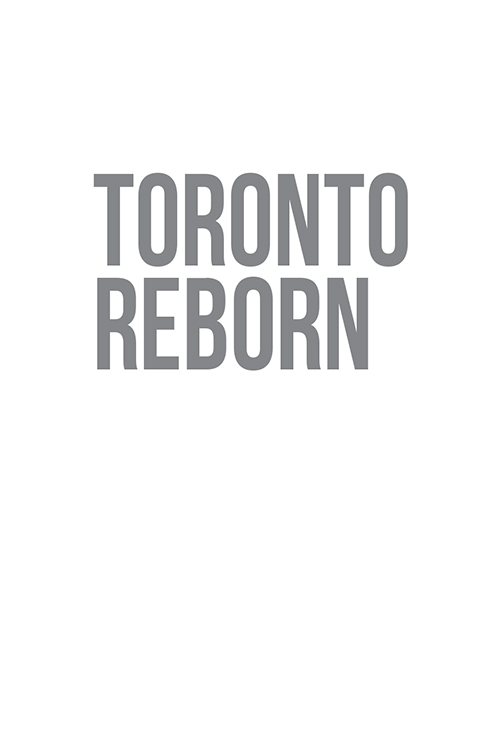


 dundurn.com
dundurn.com @dundurnpress
@dundurnpress dundurnpress
dundurnpress dundurnpress
dundurnpress